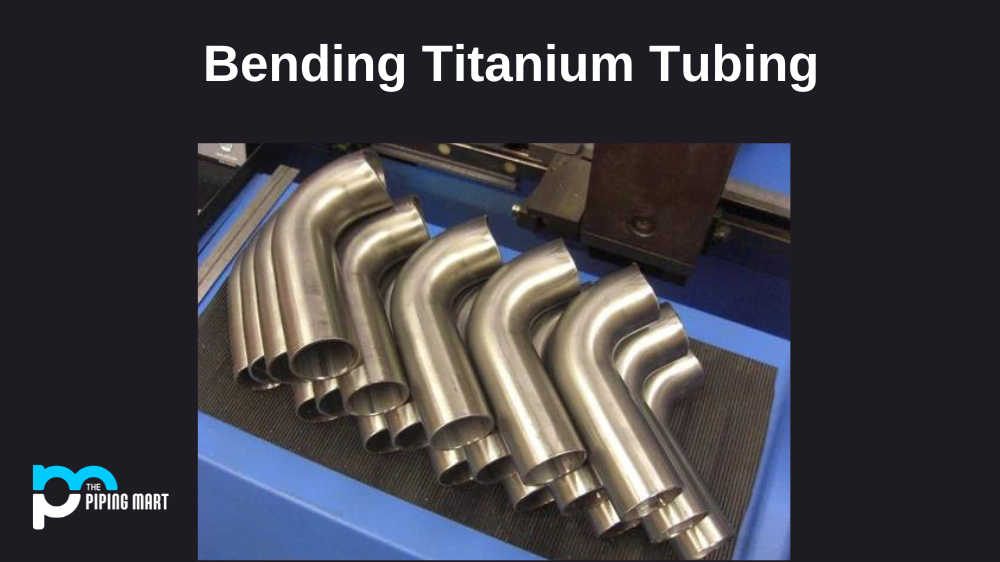Structural steel is a type of steel commonly used in construction. It contains a certain percentage of carbon as an alloying element, which gives it its strength and durability. But what exactly is the percentage of carbon in structural steel? Let’s take a closer look at this important material and its composition.
Percentage of Carbon in Structural Steel
Structural steel typically contains between 0.15-0.3% carbon by weight, depending on the grade of the material. Higher grades of structural steel can contain up to 2% carbon, while lower grades can contain as little as 0.05%. The amount of carbon content influences the physical and chemical properties of the material—the higher the percentage, the greater its strength and hardness. On the other hand, too much carbon can make the material brittle and more prone to cracking or breaking upon impact.
Structural Steel Uses
Structural steel is used for a variety of applications due to its strength and corrosion resistance. It is most commonly used for industrial buildings and bridges because it is strong enough to support large loads without buckling or bending under pressure. Structural steel is also often used in construction projects such as airports, stadiums, shopping centers, apartment complexes, and office buildings due to its ability to be formed into any shape or size required by architects and engineers.
Buildings
One of the most common uses for structural steel is in the construction of buildings. Steel is an ideal material for construction as it is strong and durable and can be easily fabricated into the desired shape. Additionally, steel is fire resistant and can help to improve a building’s energy efficiency.
Bridges
Structural steel is also often used in the construction of bridges. Steel bridges are typically more durable and longer lasting than bridges made from other materials and can also be constructed more quickly. Additionally, steel bridges are less likely to be damaged by weather or traffic, making them a safe and reliable option.
Vehicles
Another common use of structural steel is in the construction of vehicles. Steel is used in the frame and body of many vehicles, as it is strong enough to withstand the forces exerted on it during driving and collisions. Additionally, steel is resistant to corrosion, making it a good choice for use in vehicles that will be exposed to harsh conditions.
Machinery
Structural steel is also often used in the construction of machinery. Steel is an ideal material for use in machinery as it is strong and durable and can withstand high levels of stress and strain. Additionally, steel is resistant to wear and tear, making it a good choice for use in machines that will be subject to heavy use.
Storage Tanks
Another common use for structural steel is in the construction of storage tanks. Steel storage tanks are typically used to store liquids or gases, as they are able to withstand high levels of pressure without leaking or rupturing. Additionally, steel tanks are less likely than other types of tanks to corrode or rust over time.
Conclusion:
Structural steel has been around for centuries but continues to be one of the most popular materials in modern construction projects due to its strength, durability, cost-effectiveness, and versatility. Its high carbon content gives it impressive physical properties while still remaining malleable enough to be formed into almost any shape or size required by designers. If you’re looking for a reliable building material that won’t break your budget, then structural steel may just be the ideal choice!
Rachana is a dedicated and ambitious young woman who has made a name for herself in the metal industry. From her earliest days in the industry, Rachana showed a natural talent for problem-solving and a keen eye for detail. In her free time, She enjoys reading up on the latest advancements in the industry, as well as exploring new ways to innovate and improve upon existing processes.




